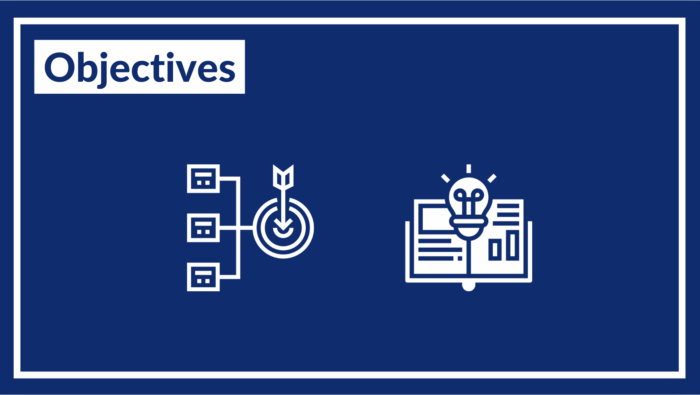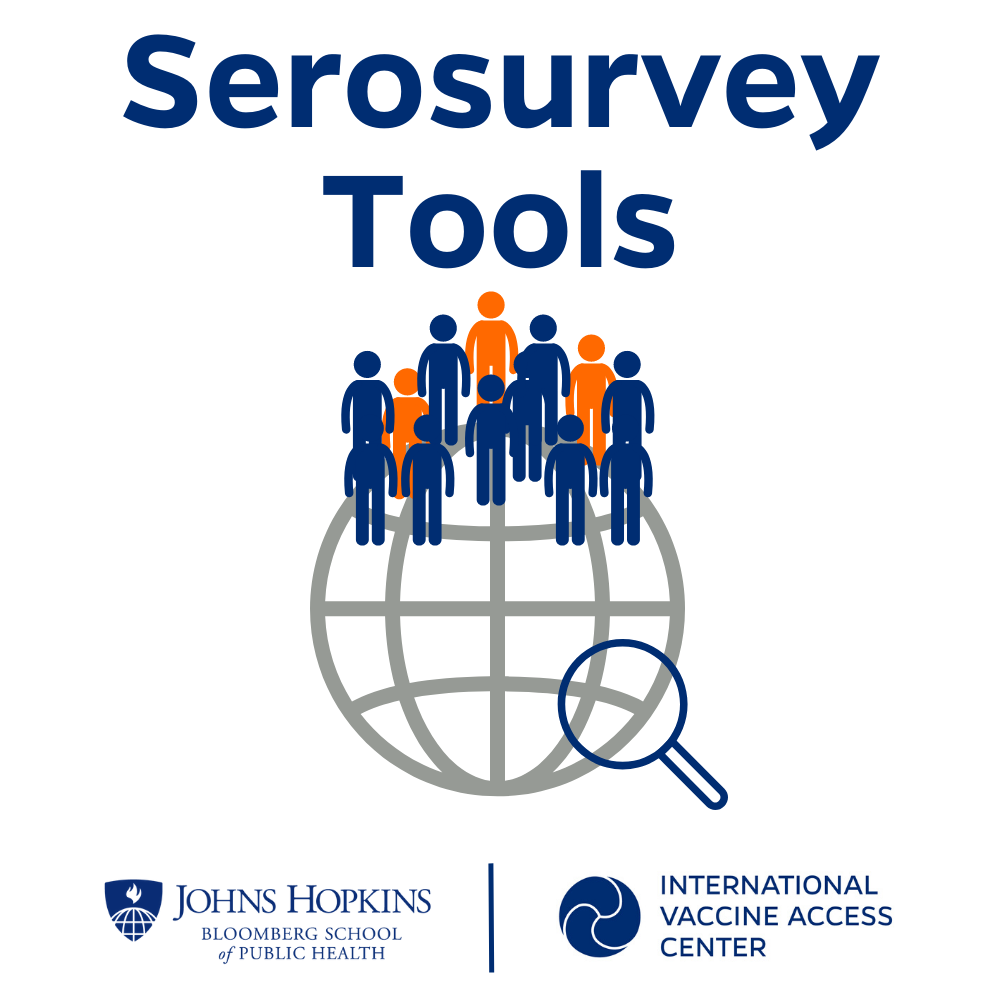Introduction
This module defines serosurveys and describes the uses of serosurveys.
Learning Objectives
- Define serosurvey
- Identify uses of serosurveys
Topics covered in this module
- Key definitions including what is a serosurvey
- Uses of serosurveys

Introduction
This module defines serosurveys and describes the uses of serosurveys.
Learning Objectives
Topics covered in this module
A serosurvey is the collection and testing of blood (or proxy specimen such as oral fluid) from a specimen of a defined population over a specified period of time to estimate the prevalence of IgG antibodies against an infectious pathogen as an indicator of exposure, disease burden, or immunity.
Seropositivity: Detection of an IgG antibody level above a predefined threshold for a specific infectious pathogen. This threshold determines the sensitivity and specificity of the assay and may vary depending on the purpose of the serosurvey. Seropositivity may be correlated with protection against infection or disease.
Seroprevalence: Proportion of people in a population who test seropositive for a specific infectious pathogen. This is often presented as a weighted percentage of the total number of individuals tested.
Seroprotection: Detection of IgG antibody levels above a protective threshold. Protective antibody thresholds are not well defined for many pathogens.
Serosurveillance: Systematic collection and testing of specimens for antibodies against a specific pathogen or group of pathogens on a periodic or ongoing basis to assess changes in seroprevalence over time.
Definitions modified from: WHO. Guidelines on the Use of Serosurveys in Support of Measles and Rubella Elimination. Available online
These modules focus on IgG antibodies as these are the most commonly detected antibodies in serosurveys and are typically the best correlate of protection. However, serosurveys can be used to detect IgM antibodies as markers of recent infection or IgA antibodies as markers of mucosal immunity. Some serosurvey detect pathogen antigens such as those for hepatitis B virus (hepatitis B surface antigen). And some serologic assays, such as plaque reduction neutralization assays, detect antibodies from different classes (i.e.., IgG and IgM antibodies).
IgM: Immunoglobulin M is marker of current or recent infection. IgM antibodies persist only for several weeks to months.
IgG: Immunoglobulin G is a marker of exposure to the pathogen or a vaccine. IgG antibodies are longer lasting than IgM antibodies, sometimes for decades. Most often the target for serosurveys.
Serosurveys can be used to estimate:
Exposure to a pathogen
Prevalence of infection
Immunity gaps
Key parameters for infectious disease modelling
Vaccination coverage surveys estimate the proportion of persons vaccinated against a pathogen by recall, immunization card, or medical records. They do not estimate seroprotection to a pathogen. Not all vaccinated persons develop a measurable antibody response and protective immunity. Seropositivity may result from infection with the pathogen in addition to vaccination. Research has shown that it is difficult to predict immunity gaps to measles across age-groups using vaccination coverage data when immunity is conferred by both natural infection and vaccination.
Figure. Vaccination coverage versus immunity in a population.
Illustration of a routine immunization system with 85% measles vaccination coverage, 95% vaccine efficacy, and measles virus infection conferring immunity. Four subpopulations result: 1) unvaccinated but immune from natural infection (solid red); 2) vaccinated and immune (solid green); 3) unvaccinated and non-immune (open); and 4) vaccinated and non-immune because of vaccine failure (green hatched). The total proportion immune is the combination of those immune through vaccination and natural infection.
Table. Comparison of vaccination coverage surveys and serosurveys
| Vaccination coverage surveys | Serosurveys |
|---|---|
| Estimates proportion of population vaccinated but not proportion protected.
Vaccination does not always confer immunity. Immunity may wane over time. |
Provides direct estimate of seroprevalence and, if correlated, population immunity.
May be able to distinguish vaccination from natural infection for some pathogens. |
| Only relevant for populations receiving vaccines, such as young children through routine immunization.
Data on older children and adults are often not available. |
Can provide an estimate of seroprevalence in age groups for which one cannot conduct a vaccination coverage survey, such as adolescents, adults or refugee populations. |
| Requires data collection from home-based vaccination card, parental recall, or health facility records.
Parental recall may not be accurate. |
Requires biospecimen collection, transport, and laboratory testing with a valid test.
More logistically complicated, costly and requires high quality lab testing capacity. |
| May be prone to information bias related to vaccine receipt in the absence of a vaccination card or medical record. | May be prone to selection bias if high refusals for biospecimen collection. |
